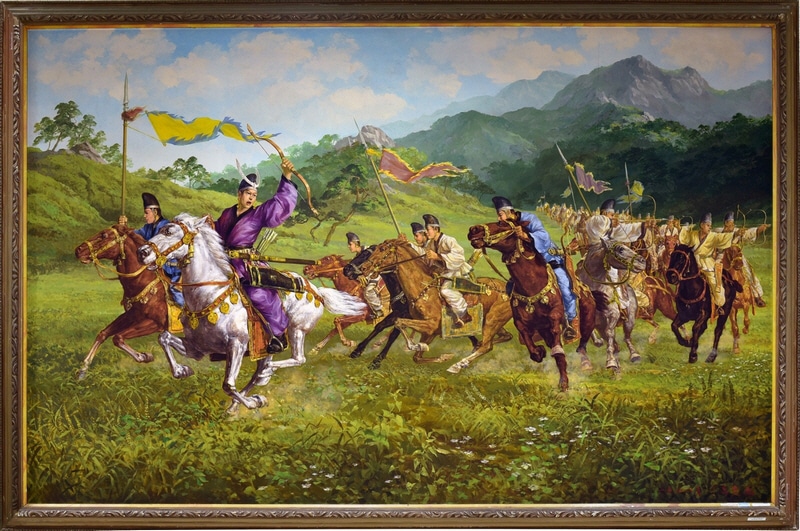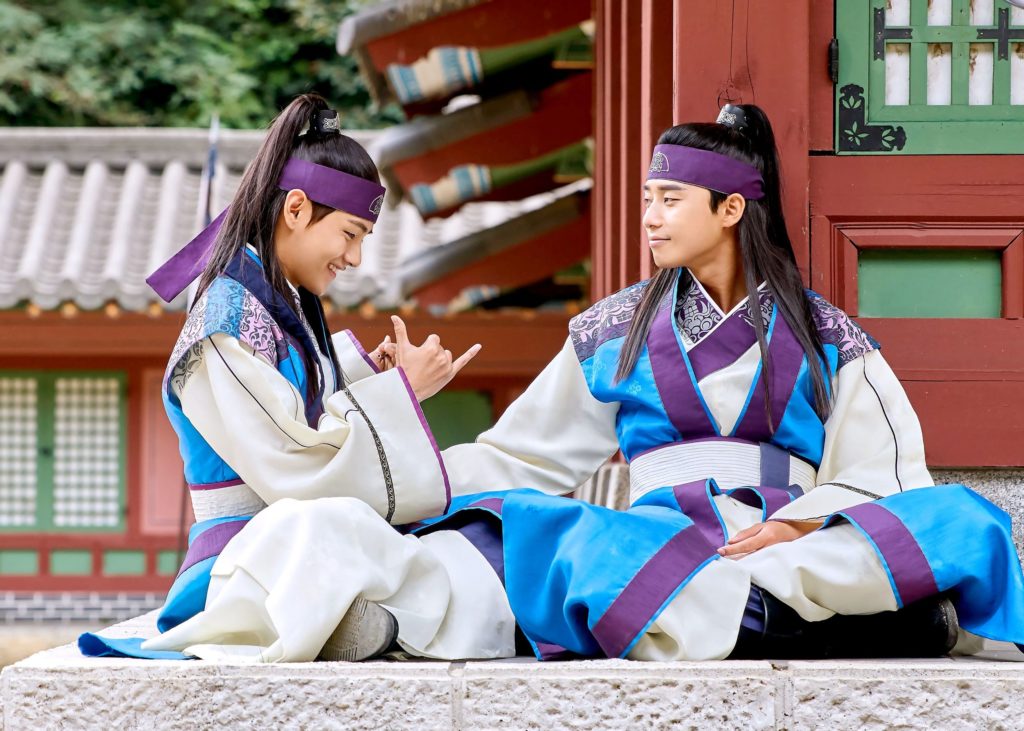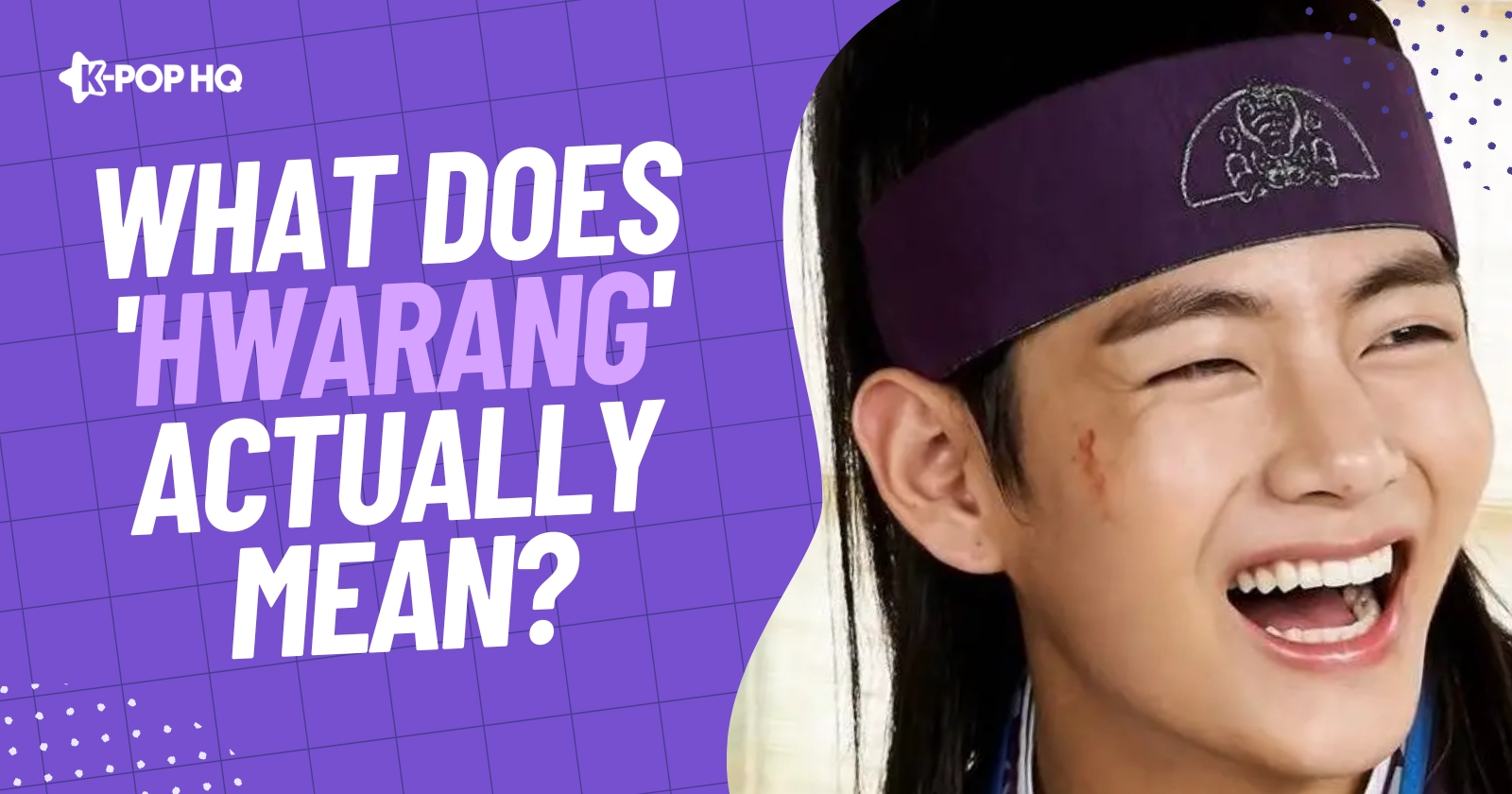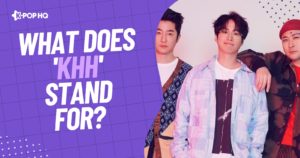The BTS members aren’t just stars on stage — some of them are talented actors, too. Take V, for example, also known by his real name, Taehyung. Back in 2017, he starred in an award-winning K-Drama called Hwarang: The Poet Warrior Youth.
The title of the drama is often shortened to Hwarang, but just what does that world mean? Here’s all you need to know as an ARMY or avid K-Drama fan.
What does ‘Hwarang’ mean?
In a nutshell: the Hwarang were a group of young male knights who held power during the historical Silla era of Korea. Keep reading to learn what the Hwarang did and how their lives relate to BTS V’s drama.
Who were the Hwarang?
Also known as the Flowering Knights or ‘fragrant disciples’, the Hwarang lived thousands of years ago in the ancient Korean kingdom of Silla.
During the kingdom’s era, a group of young men came together as an organization for mind training, body training, and general education. These men called themselves, and their organization, the Hwarang. Alongside being powerful and educated, historians like Richard Rutt say the men were also documented as being particularly handsome.
Interestingly, though, they weren’t the first of their kind. The Hwarang were actually preceded by the Wonhwa (‘original flowers’), a beautiful group of women courtesans who were trained in ethics, the arts, philosophy, and more.

When did the Hwarang live?
The Hwarang lived through the Silla era of Korea, which spanned almost 1,000 years. The Silla kingdom was established in the year 57 BCE, eventually breaking up into multiple smaller kingdoms in the year 935 BCE.
What did the Hwarang do?
The Hwarang aimed to gather together the most excellent elites in society for the purpose of study, arts, culture, and religious teaching. While their exact original purpose is not known for sure, it’s said that the Silla king selected them to strengthen the country with their good morals.
Later, the Hwarang became warriors. The group had a close tie with Buddhist monks, who trained them in physical fitness, self-defense, and self-control. From this point on, their position was solidified: help protect Silla from rival kingdoms and reunify ancient Korea.
Throughout their time, the Hwarang lived by five key principles:
- Be loyal to the king
- Treat your parents with love and respect
- Trust in your friends and allies
- Never retreat from a fight or battle
- Never take a human life unless you have to
Were the Hwarang really gay?
Even in South Korea, there’s a modern perception that the members of the Hwarang were homosexual men.
However, there’s no direct evidence for or against this view. While historical documents between the men do contain words like ‘love’, these words were often used to denote respect rather than romantic love.
Ultimately, it is certainly possible (and even likely) that some members of the Hwarang were gay, but it’s unlikely that the organization was only open to gay young men.

Do the Hwarang still exist today?
The Hwarang eventually disappeared when the Silla kingdom fell, so they no longer exist today. However, the principles they lived by are still important to this day. For that reason, the organization has been likened to the ‘cheongsonyeon hakgundan’ (‘청소년 학군단’): the Junior Reserve Officers’ Training Corps (JROTC).
The JROTC is a high school and middle school military programme that aims to instill good citizenship and patriotism in its members.
Where does the word Hwarang come from?
Hwarang is a combination of two Korean words: ‘hwa’ and ‘rang’.
The word hwa (or ‘화’ in Hangul) has numerous meanings in Korean. It can denote anger, misfortune, or even peace. When found at the end of another word, it can also refer to a style of painting or a way of doing something.
In the case of Hwarang, however, hwa is the Korean reading of the Hanja character ‘花’, which means ‘flower’.
Never heard of Hanja? It’s a traditional Korean writing system that steps from Chinese characters.
Rang (spelled ‘랑’ in Hangul) is similar, with a variety of meanings in Korean. When attached to the end of a noun, it means ‘and’ or ‘with’. In this case, it comes from the Hanja character ‘郞’, a historical title meaning ‘man’ or ‘soldier’.
Thus, put together, Hwarang becomes ‘flowering knights’.
Why were the Hwarang called ‘flowering’ knights?
Even when you know the etymology of the word Hwarang, the precise meaning isn’t necessarily obvious. In particular, many non-Korean fans have wondered why exactly the Hwarang were referred to as ‘flowers’ or ‘flowering’.
In reality, the word ‘flower’ isn’t meant to be taken literally. Back in ancient Korean times, it was actually used as a metaphor or euphemism for someone who devoted themselves deeply to a certain pursuit. In this case, the Hwarang dedicated themselves to education and the arts.
What do the Hwarang have to do with V’s drama?
Simply put, the K-Drama Hwarang focuses on the regent Queen Jiso (played by actress Kim Jisoo), who creates the Hwarang to bring together young elites from different factions with the aim of protecting her son, Sammaekjong (played by Park Hyungsik).
V, billed as Kim Taehyung, plays Seok Hansung. Hansung is the youngest Hwarang and is known for his bright, innocent, warm, and friendly personality — similar to the real V!
Conclusion
Now you know: the Hwarang were a group of historical elite knights, and the K-Drama of the same name focuses on a fictionalised story about them. Let’s hope we see V in a new drama soon!







